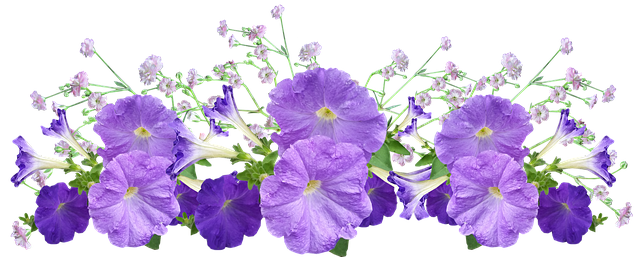How to grow Petunias
Petunias are beautiful and versatile flowering plants that are commonly grown in gardens and containers

In this article:
- Introduction to Petunias
- Choosing the Right Variety
- Selecting a Suitable Location
- Preparing the Soil
- Propagation Methods
- Planting Petunias
- Watering and Fertilizing
- Pruning and Pinching Tips
- Controlling Pests and Diseases
- Mulching for Weed Control
- Deadheading and Maintenance
- Extending the Blooming Season
- Overwintering Petunias
- Frequently Asked Questions (FAQs)
- Conclusion
Introduction to Petunias
Petunias are beautiful and versatile flowering plants that are commonly grown in gardens and containers. They are easy to care for and come in a wide range of colors and varieties. In this article, we will guide you through the process of growing petunias, from choosing the right variety to extending the blooming season.
Choosing the Right Variety
When selecting petunias, consider the size, color, and growth habit that best suits your garden or container. There are three main types of petunias: grandiflora, multiflora, and milliflora. Each has its own characteristics and growing requirements. Choose a variety that suits your climate and personal preferences.
Selecting a Suitable Location
Petunias thrive in full sun, so choose a location that receives at least 6 to 8 hours of direct sunlight daily. Make sure the area is well-drained and offers protection from strong winds.
Preparing the Soil
Petunias prefer well-drained soil that is rich in organic matter. Before planting, prepare the soil by removing any weeds, rocks, or debris. Amend the soil with compost or aged manure to improve its fertility and drainage.
Propagation Methods
Petunias can be propagated from seeds, cuttings, or transplants. Seeds are the most cost-effective option, but they require more time and patience. Cuttings and transplants offer the advantage of faster growth and earlier flowering.
Planting Petunias
When planting petunias, space them properly depending on the variety. Dig a hole that is slightly larger than the root ball and gently place the plant in it. Backfill the hole with soil, firming it gently around the plant. Water thoroughly after planting to settle the soil.
Watering and Fertilizing
Petunias need regular watering, especially during hot and dry periods. Water the plants deeply, allowing the soil to dry slightly between waterings. Feed petunias with a balanced liquid fertilizer every two weeks to promote healthy growth and abundant flowering.
Pruning and Pinching Tips
To encourage bushier growth and more flowers, pinch back the growing tips of petunias when they are about 4 to 6 inches tall. Remove spent flowers regularly to prevent seed production and promote continuous blooming.
Controlling Pests and Diseases
Petunias can be affected by pests such as aphids, slugs, and snails. Monitor your plants regularly and take appropriate measures to control pests. Common diseases that affect petunias include powdery mildew and botrytis blight. Proper air circulation and good hygiene practices can help prevent these diseases.
Mulching for Weed Control
Apply a layer of organic mulch around petunias to suppress weed growth and conserve soil moisture. Mulching also helps regulate soil temperature, keeping the roots cool during hot days.
Deadheading and Maintenance
Remove faded flowers regularly to promote continuous blooming and prevent the plant from diverting energy to seed production. Regular maintenance tasks include removing weeds, checking for pests and diseases, and providing appropriate care as needed.
Extending the Blooming Season
With proper care, petunias can bloom for an extended period. Regular deadheading, fertilizing, and watering are essential. You can also choose varieties that are known for their long blooming season or consider planting them in containers for easy mobility and protection against adverse weather conditions.
Overwintering Petunias
Petunias are typically annuals but can sometimes be overwintered in milder climates. Before the first frost, cut back the plants and mulch heavily to protect the roots. In spring, remove the mulch and allow the plants to regrow.
Frequently Asked Questions (FAQs)
Q: How often should I water my petunias?
A: Petunias should be watered deeply once or twice a week, depending on the weather conditions.
Q: Can I grow petunias in containers?
A: Yes, petunias are excellent container plants. Choose a well-draining potting mix and ensure proper watering and fertilization.
Q: What are some common petunia pests?
A: Aphids, slugs, and snails are common pests that can affect petunias. Monitor your plants regularly and take appropriate measures to control them.
Conclusion
By following these guidelines, you can successfully grow and enjoy the beauty of petunias in your garden or containers. With their vibrant colors and lovely fragrance, petunias will surely enhance the overall appeal of your outdoor space.
